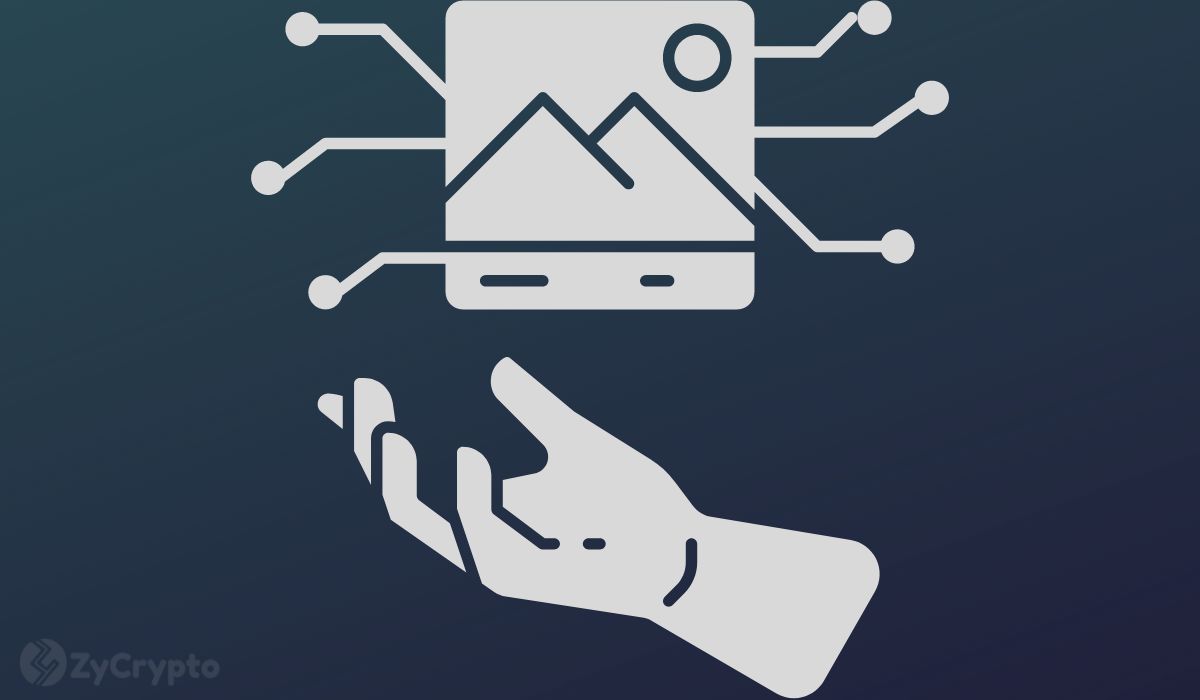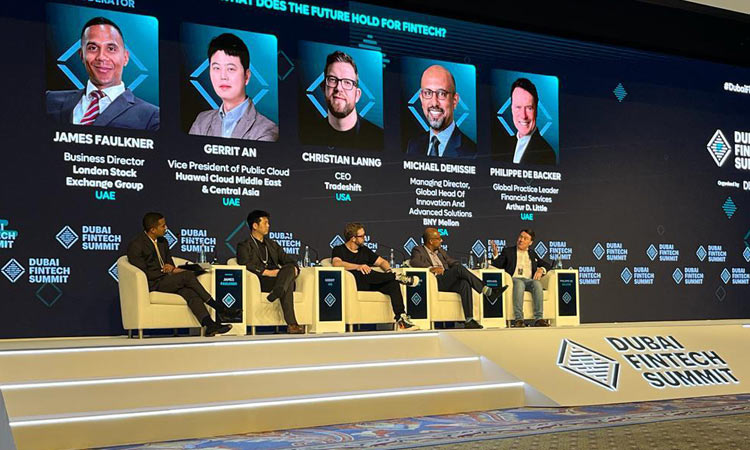Digital Gold: How a Coastal Alabama Partnership Has Led to a Growing Bitcoin Mining Industry

Alex Owen has spent a lot of time explaining to his parents and anyone curious about his expanding mining business in rural Foley.
But instead of picks and shovels, Owen and his partners are digging for digital cash or cryptocurrencies – Bitcoin and Ether to be exact. The operation takes place inside a non-descript warehouse they recently leased for the sole purpose of servicing dozens of computers with hopes of adding to the so-called “block chain.”
“A lot of people hear too much on TV that it’s used in sinister situations and different things like that,” said Owen, who co-owns Natural Block Chain, an expanding crypto-mining business with partner Rick Fletcher, CEO of Fletcher Petroleum in Fairhope.
“I try to explain to them that it’s not and that big banks and retailers of all kinds take Bitcoin,” Owen said. “That means we move to where everyone else accepts it.”
While Bitcoin and other digital currency are terms that have been more widely used in recent years, the “mining” of it is a somewhat newer and complicated conundrum.
Mining is the process where ordinary people with computers run specialized software to verify a cryptocurrency transaction.
For Bitcoin miners, verification is handled by cracking a complicated mathematical code and adding a record of a Bitcoin transaction to a shared online ledger, called the blockchain.
If the miner adds to the ledger, it can provide a lucrative move: the standard reward is 6.25 bitcoins, which is placed in the miner’s “wallet”. As of Friday, one bitcoin was valued at around $23,700.
Natural Block Chain belongs to the Slush Pool, the oldest Bitcoin mining pool established in 2010, where rewards are distributed among cooperating miners based on their “hash” power, or the power and speed at which their operations run.
“The computer itself does (the calculations),” Owen said. “You just plug it in and it runs itself. You want to make sure you put in the settings you like. We’ve connected our pool and every time a pool finds a block, (the rewards) are distributed to you.”
He said: “We get bitcoin paid to us every single day.”
Roller coaster complexities
Bitcoin – the leader of the cryptocurrency universe, founded in 2009 – has an expanding reach that in recent years includes PayPal, AT&T and Overstock. Even those using the Starbucks app can dip into their crypto wallets to pay for lattes or other specialty drinks.
Celebrities are in on the action. Quarterback Tom Brady and his wife, supermodel Gisele Bundchen, have appeared in a cryptocurrency ad. Actor Matt Damon, in a commercial for Crypto.com, declared that “fortune favors the brave.”
But roller-coaster values, an outright ban on cryptocurrencies in China and eight other countries, and restrictions in mining-rich areas like Texas have created unwanted attention for cryptocurrencies and their miners over the past year.
The energy-intensive nature of the mining process – not to mention the noise the operation creates – has also cast the next-generation currency in a negative light.
Bitcoins are also not a tangible product, meaning that cryptocurrencies do not exist in physical form and their supply is not determined by a central bank.
It is also difficult to understand for people long accustomed to a centralized monetary system.
Wonky terminology is part of it too: Ever heard of “halving”? It is a pivotal event for Bitcoin demand because, when it occurs, it knocks down the reward for mining it. The next halving is not scheduled until 2024, with the last in the year 2140 – the last year of Bitcoin mining.
For those who are tech-savvy and not afraid to use sophisticated hardware to solve complex calculations, the painstaking process of mining for cryptocurrencies can be rewarding.
“It’s very hard for people to understand,” Owen said. “You can’t see a Bitcoin except on an electronic device. And the only way you send it is through a phone or a computer. It’s a newer, more convenient way to send money that’s safer.”
He added, “You have all these miners set up all over the world. You can’t fake Bitcoin.”
Natural blockchain
So, what does Natural Block Chain do?
The process of mining involves using unique computers—Owen estimates that each of their Bitcoin computers cost $10,000 each, and slightly more for the graphics processing units that mine for Ether—to verify the legitimacy of cryptocurrency transactions.
Ether, part of the Ethereum network, is second in cryptocurrency market capitalization behind only Bitcoin.
Cryptocurrency mining is considered only sporadically rewarding, but it has a growing appeal for investors seeking the potential reward.
The process is often compared to the modern equivalent of the California Gold Rush of the 1840s, where tens of thousands of people flocked to the West Coast and engaged in the equally laborious task of panning for gold.
The California Gold Rush was also criticized for being environmentally damaging. The same has also been said about cryptocurrency mining, due to the drain on the electrical grid and the noise and heat that computers emit.
For Natural Block Chain, timing and luck can mitigate some of these effects.
Foley-based Riviera Utilities has actually given the go-ahead for operations.
“We found this warehouse in Foley that was easy for (Riviera Utilities) to power us, and it has a lot of room to grow,” Owen said.

Riviera Utilities in Foley, Ala. (John Sharp/[email protected]).
Scott Sligh, chief engineer at Riviera Utilities — which supplies power to parts of Foley, Daphne, Magnolia Springs, Elberta and Lillian — said the site had “some big transformers out there that weren’t doing anything” and it was easy to help them out to get up. and running.
“We usually look at electrical plans (for a business) and the size of the transformers on that,” Sligh said. “These guys do it the other way around. They asked how much capacity they should provide at this location and back to the numbers themselves. They are aware of capacity needs. Yes, they are energy intensive, but they approached it the right way with us.”
Sligh said Natural Block Chain uses 5 megawatts of electricity, which represents a “holdover” from the previous warehouse tenant, meaning it currently does not emit more energy than was used at the site before.
But more power is expected to keep the growing number of machines operating on a 24-hour cycle.
Natural Block Chain has 32 Bitcoin machines operating at all times, 24 hours a day. Because prices have dropped, and the machines have gotten a bit cheaper, Natural Block Chain expects to add 18 more by next week.
Another 24 machines mine for Ether.
“They’re asking if we can give them 15 megawatts at that location,” Sligh said. “Yes,” has been the answer. Our typical grid station is 30 megawatts. We’re talking about half of a substation, and that’s easy loading. We can do that without straining our system.”
A substation can power from 1,200 to 1,500 homes, Sligh said.
Owen said the goal is to keep adding more machines. “Thousands,” he said. The first phase of the operation involves adding 500.
“We were very lucky to find this particular space with the transformers already here,” Owen said. “If you were to go out and look for a transformer of this size, it could be a two-year time frame for one to become available. Riviera was able to help us and get it to us.
Mitigation issues

A step-down transformer inside the rural warehouse in Foley, Ala. The transformer provides the power necessary to run 32 bitcoin mining units in a constant 24-hour cycle. (John Sharp/[email protected]).
In June, Fletcher and Owen took a big step towards reducing the noise and heat produced inside the warehouse.
During a hot day in June, the two constructed a large “wind tunnel” out of foam board and connected it to their operation. The tunnel is intended to remove excess hot air produced by the computers.
The tunnel also dampens the noise the machines produce to a point where it is not too noticeable outside the warehouse.
The additions are timely. Criticism of the industry’s massive carbon footprint, and noise pollution in rural areas, has caught media attention in recent years.
In Texas, cryptocurrency mining was shut down this summer because it was straining the state’s power grid. The Lone Star State is one of the top five states for crypto activity, while large-scale activity in Alabama has been sparse.
“We’re not trying to do anything negative to the environment in any way,” Owen said. “We are also trying to take advantage of a cheaper electricity price.”
In Alabama, cryptocurrency mining has mostly been smaller operations. The activity gained attention in May, when former Mobile Mayor Mike Dow announced that the GulfQuest Maritime Museum in downtown Mobile will be home to a future cryptocurrency mining operation.
Dow said Monday that the GulfQuest mining system is being configured for 100 bitcoin miners. The installation should take place within the next 30 days.
“I think it was a good idea for them if they’re trying to increase revenue,” Owen said. “If you have the space and you have the ability to get power and if you have the capital to get started, Bitcoin mining can be profitable.”
He added, “For us, we strongly believe that Bitcoin will be used in the future and will be around for our world going forward.”
























